Why Cybersecurity Matters in 2024

Why Cybersecurity Matters in 2024

Computers today are faster and more advanced, and so are the bad guys in cyberspace trying to gain access to your information. Originally conceived as a tool for communication and education, the Internet has been used and misused for personal gain, which has given rise to a concerning escalation in cybercrime rates, unparalleled in our digital age of Smart devices and remote work. In light of these developments, it becomes imperative for individuals and organizations alike to implement strict cybersecurity practices. These measures defend against a spectrum of tangible threats, including but not limited to identity theft, ransomware attacks, and the relentless pursuit of hackers. These threats occur with alarming frequency and underscore the pressing need for proactive safeguarding measures.
1. Keep Software and Apps Updated
Keeping your devices and applications up to date ensures they have the latest security patches. Outdated software is one of the most accessible entry points for hackers. Stay vigilant by regularly updating your devices to plug security holes.
2, Multifactor Authentication (MFA) is a Must
Add an extra layer of security to your online accounts with MFA, making it harder for cybercriminals to gain access, even if they know your password!
3. Regular Backups
Schedule regular backups to safeguard your important data against ransomware attacks or data breaches.
Ready to secure your world?
At Task VA, we're not just talking about cybersecurity—we’re providing the tools to make it happen. Ready to take action? Enroll in our Cybersecurity Course and take control of your digital safety. Plus, don’t forget to try our quiz—it’s fun and educational! You might learn something new about staying safe online.
Why Cybersecurity Matters in 2024 Read More »


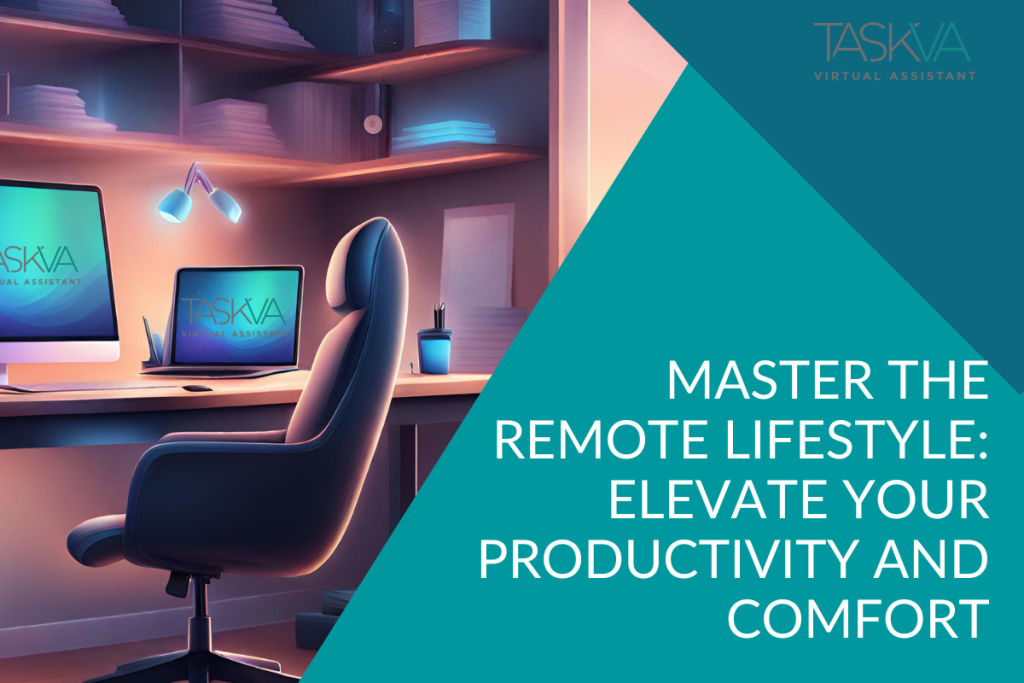

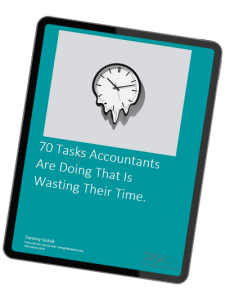


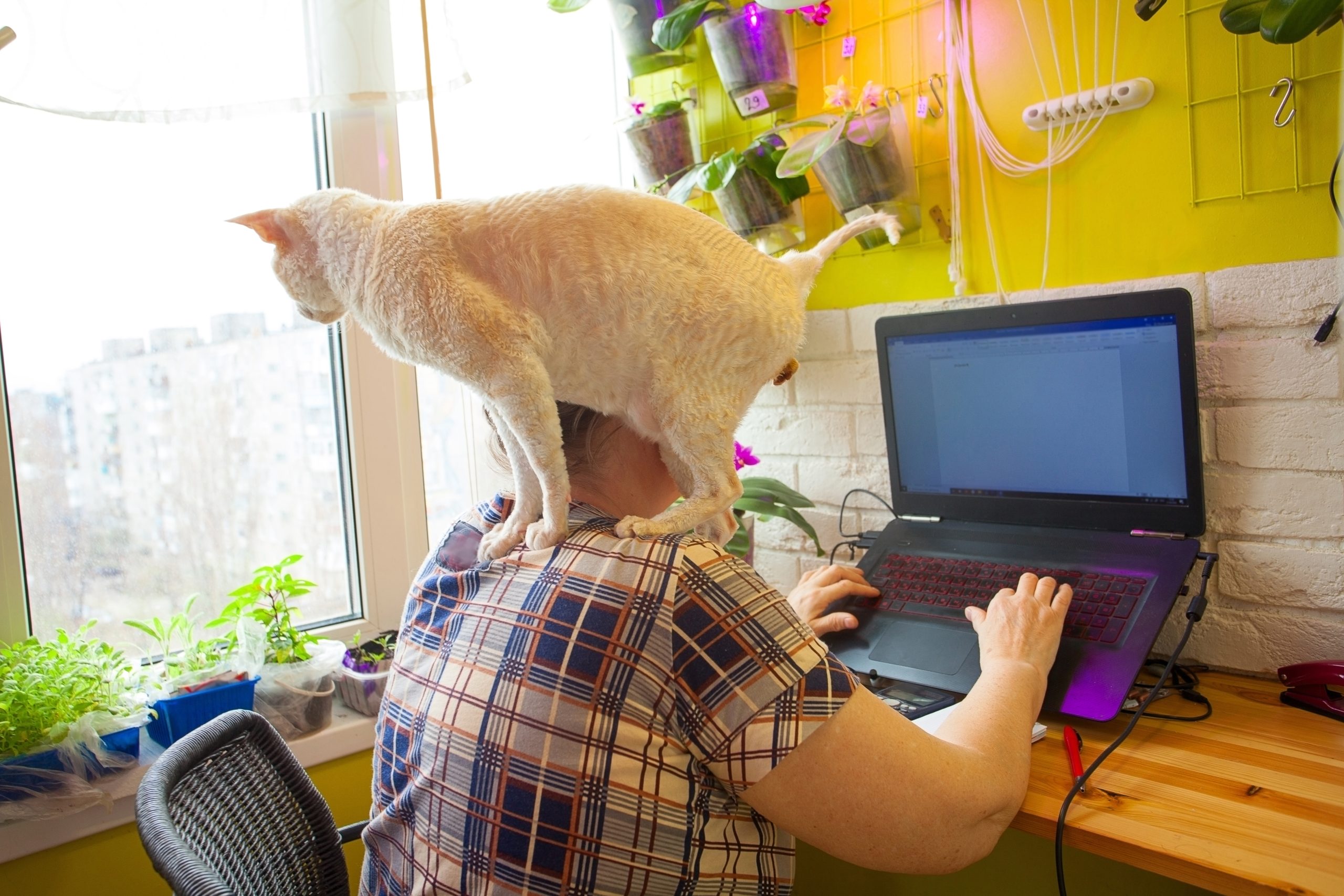






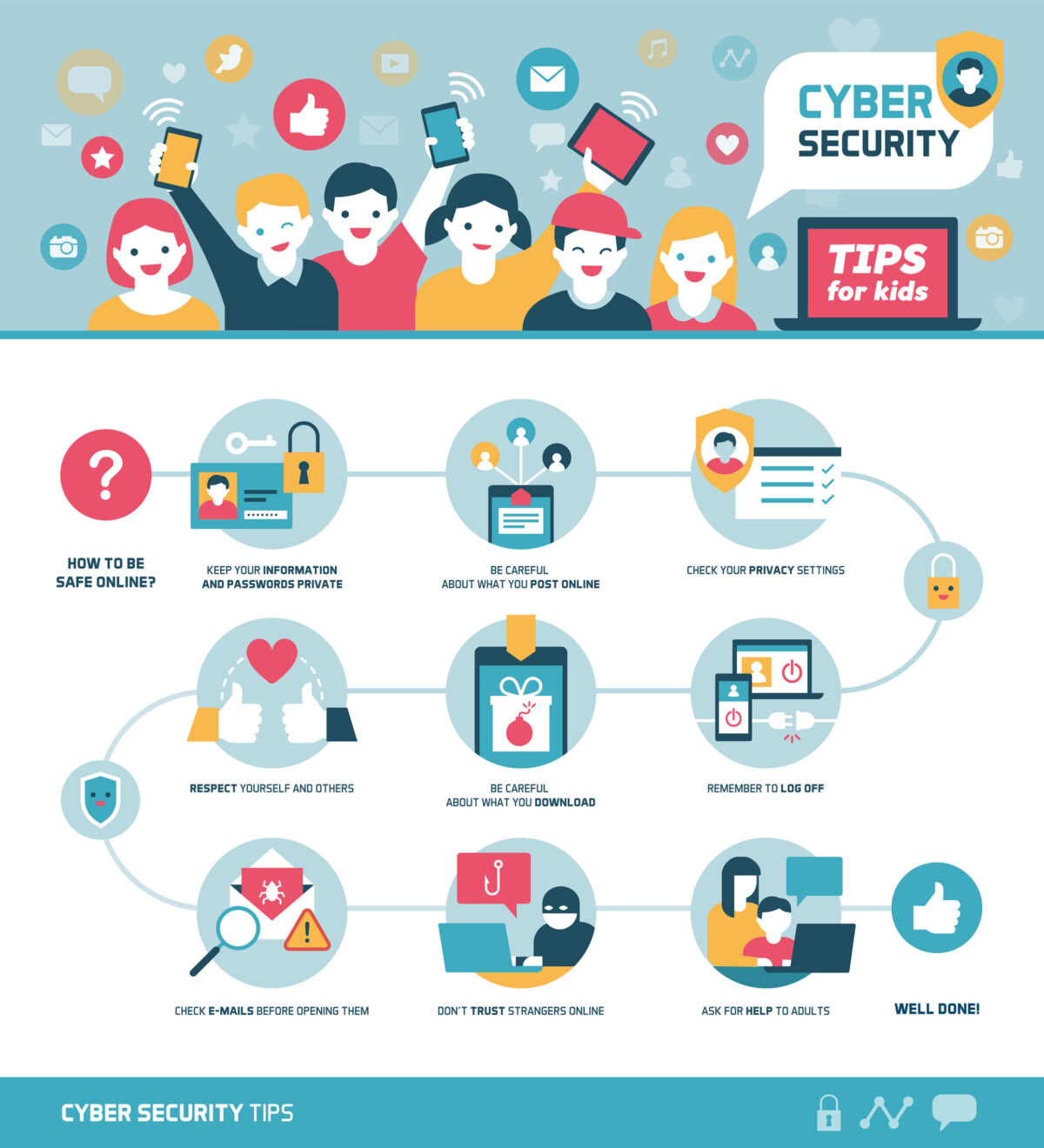


 When you think of a successful CEO, do you wonder how they make it look so easy? How did they get where they are? It almost seems a fantasy that someone can run a company, spend time with family, exercise every day, yet still manage to enjoy their hobbies as well, such as writing a book, or building a boat. You know the kind of person we’re talking about because there are loads of these successful people out there. Do you want to know how they do it? What is their secret formula?
When you think of a successful CEO, do you wonder how they make it look so easy? How did they get where they are? It almost seems a fantasy that someone can run a company, spend time with family, exercise every day, yet still manage to enjoy their hobbies as well, such as writing a book, or building a boat. You know the kind of person we’re talking about because there are loads of these successful people out there. Do you want to know how they do it? What is their secret formula? Steve Jobs wore the same outfit every day so that he didn’t have to mull over a bunch of wardrobe options every morning. Barack Obama limits his outfits to gray or blue suits. Nick Taranto used to only wear shoes without laces, so he didn’t have to tie them. Keep a diary of all your repetitive daily tasks; which ones require a decision or take a little time? Can you narrow the choices down, or eliminate altogether? You may think that trivial decisions only take seconds away from your time, but those are seconds you’ll never get back.
Steve Jobs wore the same outfit every day so that he didn’t have to mull over a bunch of wardrobe options every morning. Barack Obama limits his outfits to gray or blue suits. Nick Taranto used to only wear shoes without laces, so he didn’t have to tie them. Keep a diary of all your repetitive daily tasks; which ones require a decision or take a little time? Can you narrow the choices down, or eliminate altogether? You may think that trivial decisions only take seconds away from your time, but those are seconds you’ll never get back.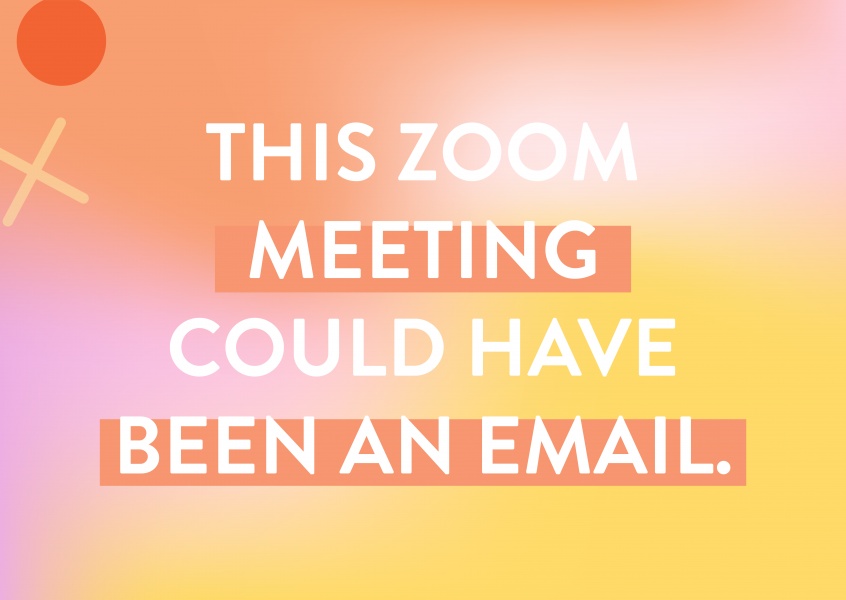 They are almost always a waste of time. Most things can be handled via email today, but if you really need to schedule a meeting, have a streamlined agenda and a time limit for the meeting – and stick to it! Otherwise, migrate your meetings to an email chain or work chat platform like
They are almost always a waste of time. Most things can be handled via email today, but if you really need to schedule a meeting, have a streamlined agenda and a time limit for the meeting – and stick to it! Otherwise, migrate your meetings to an email chain or work chat platform like  This sounds like a no-brainer, but you’d be surprised at how much time is wasted unnecessarily. If you’re waiting in line, check off some of your task items, or when you’re driving, listen to a podcast or audiobook that will teach you something new to implement into your life. To put it simply, train your brain to always be productive.
This sounds like a no-brainer, but you’d be surprised at how much time is wasted unnecessarily. If you’re waiting in line, check off some of your task items, or when you’re driving, listen to a podcast or audiobook that will teach you something new to implement into your life. To put it simply, train your brain to always be productive. 